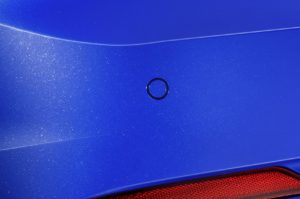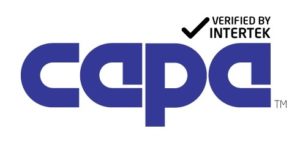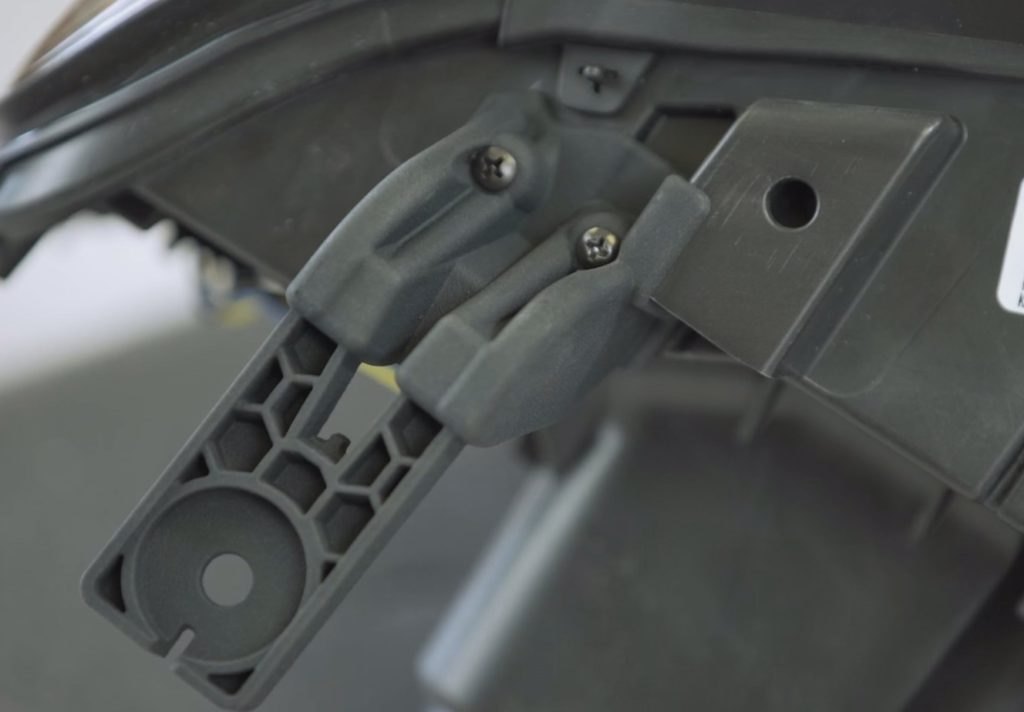
CAPA: Parking sensor certification includes ISO standards; first headlamp tab kits ‘verified’
By onAnnouncements | Associations | Business Practices | Repair Operations | Technology
The Certified Automotive Parts Association on Thursday announced it had created a Standard 703 for ultrasonic parking sensors.
The protocol “may be expanded to include other types of sensors in the future,” CAPA wrote in a news release.
It said the sensor standard includes compliance with “applicable sections” of ISO 17386 and ISO 22840 and carries rules for “function, performance, durability, ingress protection, electrical, mechanical, climate, electromagnetic compatibility (EMC), fit, dimensionality, appearance, and materials.”
According to the International Standards Organization, ISO 17386, “Transport information and control systems — Manoeuvring Aids for Low Speed Operation (MALSO) — Performance requirements and test procedures” is intended for short-range detection. It demands “minimum functionality requirements which the driver can generally expect of the device, i.e., detection of and information on the presence of relevant obstacles within a defined (short) detection range. It defines minimum requirements for failure indication as well as performance test procedures; it includes rules for the general information strategy but does not restrict the kind of information or display system,” according to an ISO abstract.
ISO 22840, “Intelligent transport systems — Devices to aid reverse manoeuvres — Extended-range backing aid systems (ERBA)” deals with systems looking at longer-distances. ISO says such technology is “not intended for short-range detection of obstacles located immediately behind the vehicle”; for the latter, you’d use ISO 17386, according to ISO.
An ISO abstract says the 22840 standard “establishes minimum functionality requirements that the driver can expect of the system, such as the detection of and information on the presence of relevant obstacles within a defined detection range. ISO 22840:2010 also sets minimum requirements for failure indication as well as performance test procedures. ISO 22840:2010 includes rules for the general information strategy but does not restrict the kind of information or display system.”
Intertek transportation technologies industry relations manager Stacy Bartnik, whose company manages CAPA, explained that “manufacturers must use a CAPA-approved/ISO accredited laboratory to perform the testing required in the standard.”
CAPA said its standard will also check for “ADAS-related requirements not addressed by ISO standards” and involves “extensive testing to demonstrate comparability to OEM service parts.”
The organization has not yet responded to a Thursday afternoon request for more details about the standard, including if it contains any crash or calibration testing involving the recipient vehicles.
We asked about crash and calibration testing to ensure the vehicles’ systems recognize the aftermarket devices. “As a part of the certification requirements, sensors will be tested for integration with the vehicle systems and OE procedures for calibration are followed,” Bartnik wrote in an email Tuesday.
CAPA said it created the standard after “feedback from the collision repair industry.”
“CAPA’s goal is to provide the auto repair industry with a reliable, trusted means for identifying replacement parts comparable to parts from the original equipment manufacturer,” CAPA Chairman Clark Plucinski (Collision Repair Education Foundation) said in a statement. “As parking sensors become more prevalent in automobiles, the collision repair industry, insurers and consumers require peace of mind in having access to quality, safe, and affordable replacement sensors. We are thrilled to offer our new standard to fit this need.”
Verification
 In other CAPA news, the organization announced Tuesday it had officially approved the first items in the verification program announced last year.
In other CAPA news, the organization announced Tuesday it had officially approved the first items in the verification program announced last year.
Creative Repair Solutions received verification on headlamp tab repair kits spanning 14 part numbers. CAPA said the kits, currently distributed by Original One Parts, work for 11 Jeep Grand Cherokee headlamps and six GMC Sierra lights.
CAPA explained Tuesday that the “Verification” program isn’t the same as its traditional “Certification.”
“CAPA Verification differs from its Certification Program in that there is not a car company service part available for comparison to the aftermarket part,” CAPA wrote in a news release. “In addition, parts that have been CAPA Verified have been proven to meet Verification Program requirements.”
CRS CEO Maurice Paperi said in an interview last year the replacement parts are fabricated by additive manufacturing. Vice President Steve Arnone said it’s not a typical 3-D printing process, and while he couldn’t reveal much for competitive reasons, he said the end result was able to simulate the same grain structure of the original injected-molded part.
A 2019 CRS presentation noted that headlight tabs “are virtually non-repairable in a collision event,” and aftermarket headlights are being squeezed out as “OEMs are branding headlamp components.”
The company makes the parts out of a nylon substance able to perform physically and chemically like the OEM original, Arnone said last year.
Asked how the company works out the dimensions of the replacement tab — images on CRS’ website indicate intricate shapes — Paperi called it proprietary but said CRS could deliver “exactly the same fit.”
CAPA said the headlight kits “were verified following a testing process which included material testing, vibration testing, and vehicle test fit.”
CRS’ 2019 presentation derided competing tab repair systems as “not certified, tested and are sub-standard.”
“The headlamp tab repair kits offer a sustainable solution to the industry by reducing the amount of discarded parts,” CAPA wrote Tuesday of CRS’ successful parts. “In addition, these kits help to minimize repair costs, potentially helping to prevent total loss claims.
“With the initial verifications complete, testing and verification of additional vehicle applications is expected to increase, with more headlamp tab repair kits being introduced to the market.
More information:
“CAPA Announces New Standard for Automotive Sensors”
Certified Automotive Parts Association, May 21, 2020
“CAPA Approves First Headlamp Tab Repair Kits for Its Verification Program”
CAPA, May 26, 2020
Images:
An Audi ultrasonic parking sensor is shown. (Provided by Audi)
The Certified Automotive Parts Association on May 26, 2020, said it officially “verified” its first parts — Creative Repair Solutions headlight repair kits — under a new verification program announced in September 2019. (Provided by CAPA)
A Creative Repair Solutions 3D-printed replacement tab is attached to a 2014-18 GMC Sierra headlight. (Screenshot from Creative Repair Solutions video)

